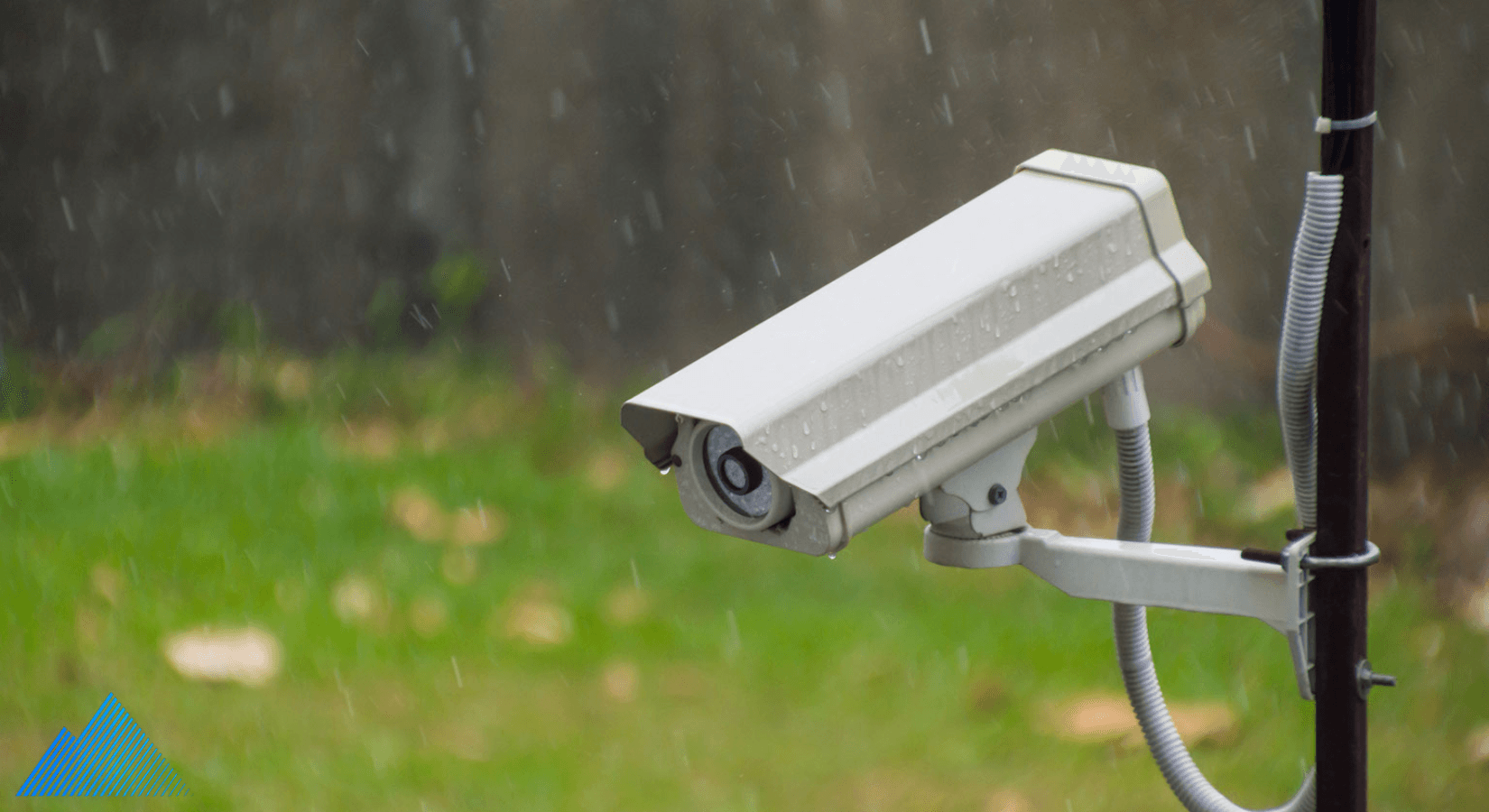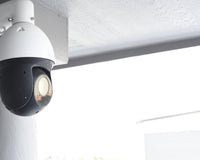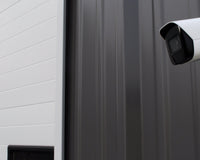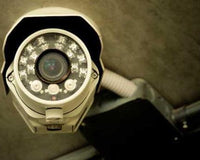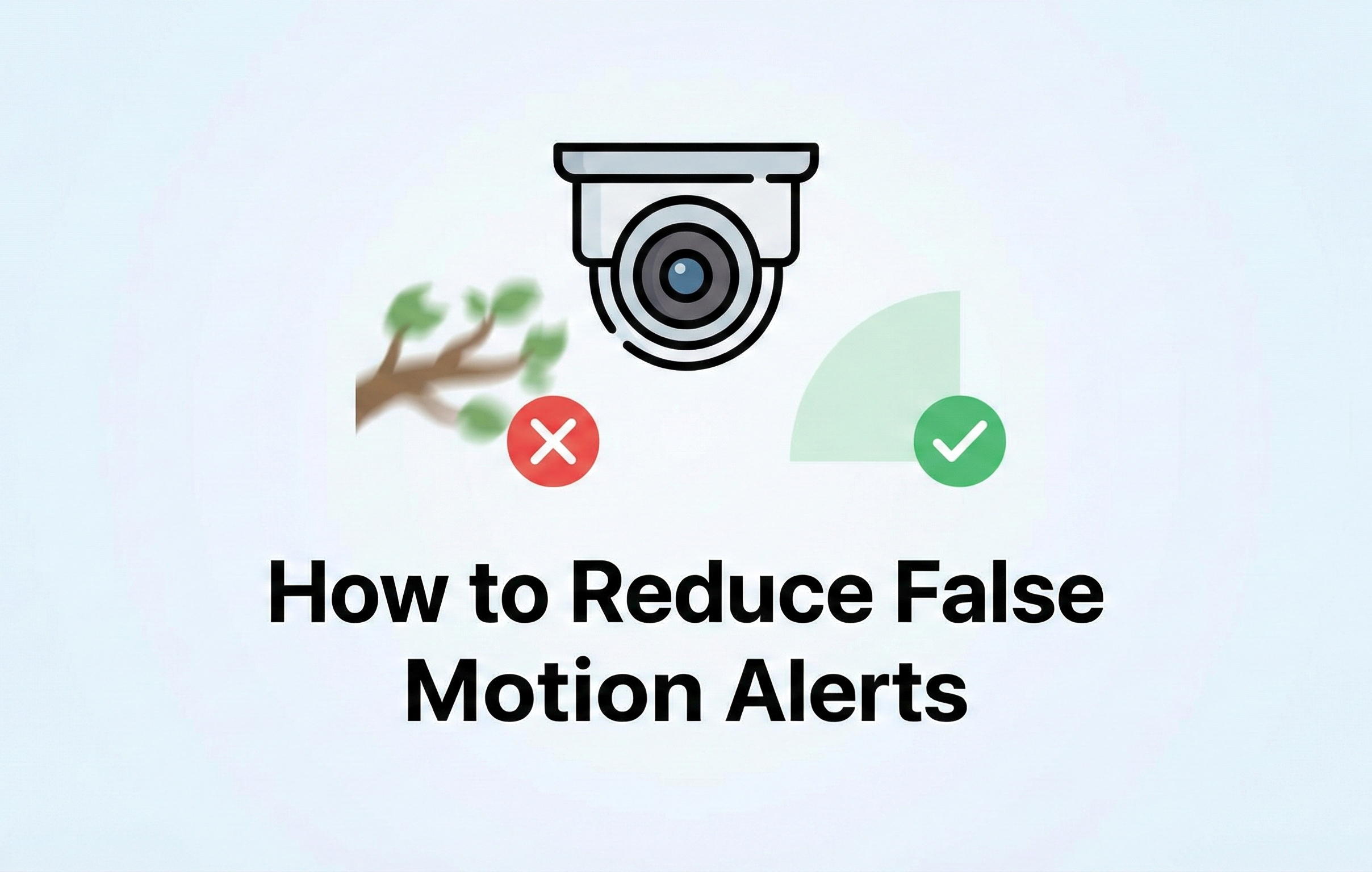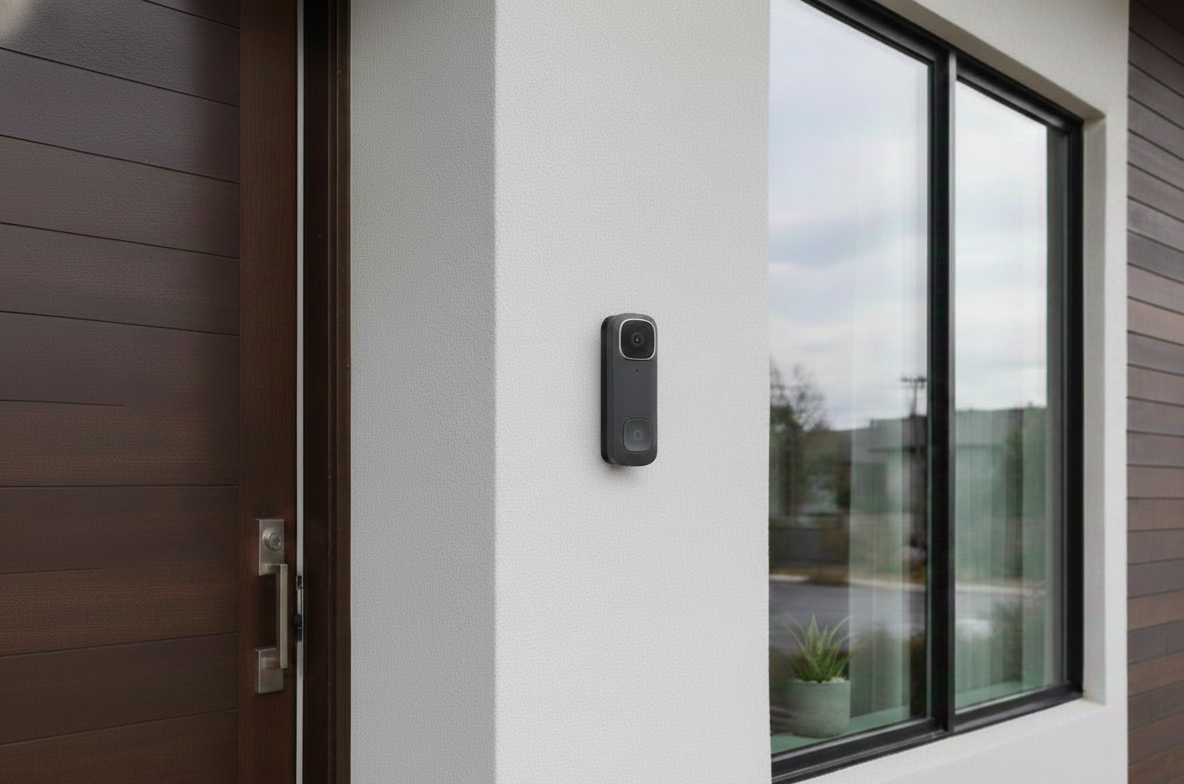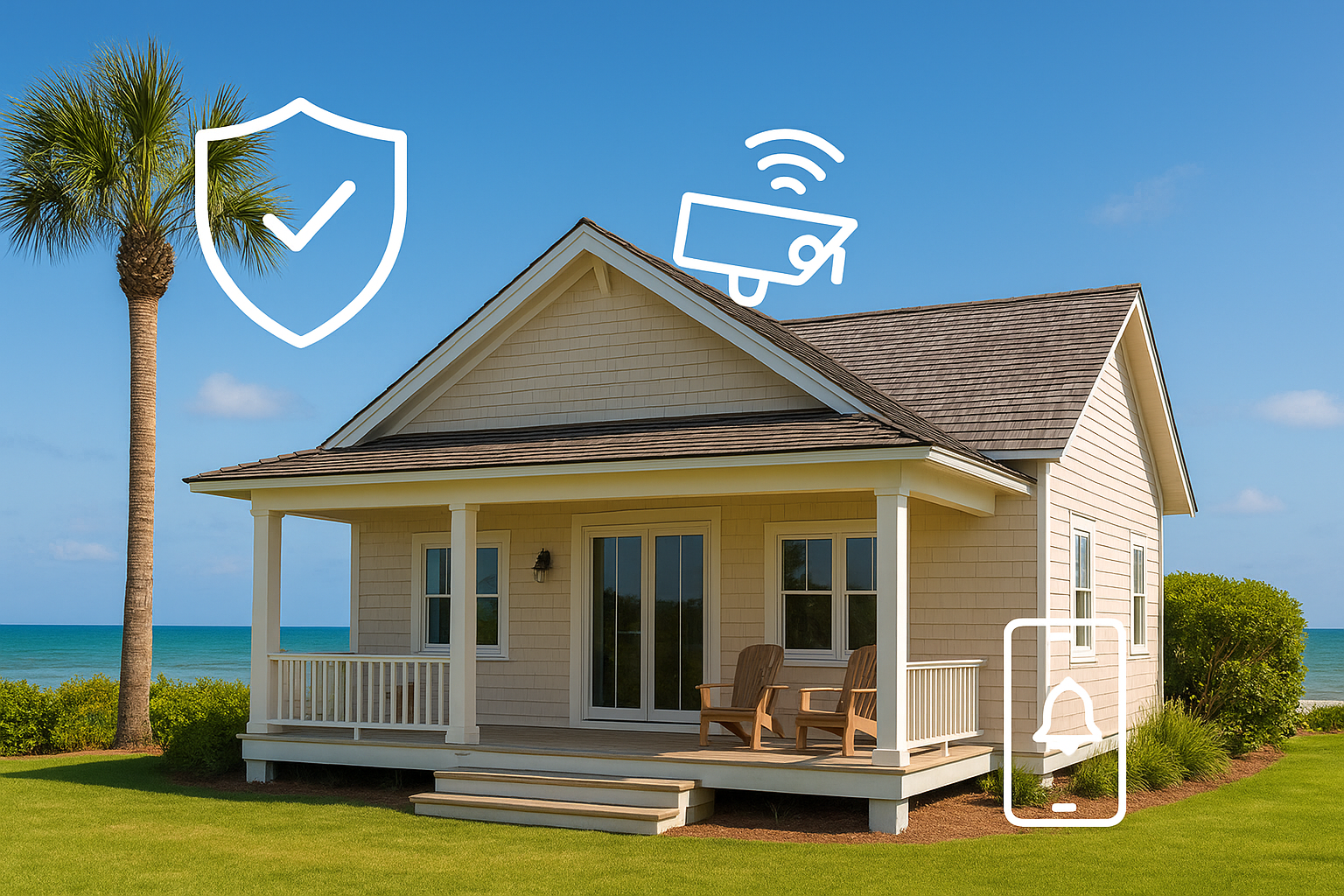What do the IP and IK Ratings Mean for Security Cameras?
The majority of home and business security camera systems are going to need some cameras to be mounted outside. Before buying them you will want to check the Ingress Protection Rating on them. This rating will tell you how well the camera will perform in the presence of solids and liquids. An example of an Ingress Protection Rating is IP67, where the IP stands for Ingress Protection, the first numerical digit is the solids protection, and the second numerical digit is the liquids protection. In this article we are going to break down the IP ratings and then cover the Impact Protection (IK) Ratings that are listed with our protective dome cameras.
Ingress Protection Ratings
As mentioned above, the IP rating will let you know if your camera is suitable for use outdoors or in a harsh environment. The first numeral indicates the solids rating which is what size of an object can get through any openings, with a 0 being no protection and a 6 being “dust tight” where no dust can make it through. See the table below for a complete breakdown of the solids rating. With any security camera you want the solids protection number to be 6 so no dust can enter the camera.
Solids Value |
Size of Object Protected From |
Protected Against |
0 |
Not Protected |
Not protected against any ingress of objects |
1 |
>50mm |
Any large surface of the body, like the hand |
2 |
>12.5mm |
Fingers or similar objects |
3 |
>2.5mm |
Tools, large diameter wires, etc. |
4 |
>1mm |
Small wires, nails, screws, etc. |
5 |
Dust Protected |
Dust can enter, but only small quantities |
6 |
Dust Tight |
No dust, complete protection |
The second numeral is going to be how well the camera is protected against liquids. The higher number the better. For cameras that are being installed outside you will want this number to be at least a 6 or higher. The majority of Montavue security cameras have a liquids rating of 7, making them ideal for outdoor use. See the table below for the liquids protection ratings.
| Liquids Value | Moisture Protected against | Effective Against |
0 |
Not protected |
N/A |
1 |
Dripping Water |
No damage from dripping water |
2 |
Dripping water when tilted up to 15° |
No damage from dripping water
|
3 |
Spraying water |
Water falling as a spray at any
|
4 |
Splashing water |
Water splashing against the
|
5 |
Water jets |
Water projected by a nozzle (6.3mm)
|
6 |
Powerful water jets |
Water projected in powerful
|
7 |
Immersion up to 1m |
Ingress of water in harmful quantity shall
|
8 |
Immersion beyond 1m |
The equipment is suitable for continuous
|
IP ratings range from IP00 to IP69K. Any security camera you purchase should not have a rating below IP65. The vast majority of Montavue cameras will have an IP67 rating (some of the PTZ cameras have an IP66 rating), making them well suited for outdoor use. If you live in a harsh weather environment you will want to make sure that any outdoor cameras have a minimum rating of IP66 to ensure that they have a long life. The table below summarizes the ratings from IP64 and up.
| IP Rating | Solids Protection | Liquids Protection |
IP64 |
Protected from total dust ingress |
Protected from water spray from any direction |
IP65 |
Protected from total dust ingress |
Protected from low pressure water jets
|
IP66 |
Protected from total dust ingress |
Protected from high pressure
|
IP67 |
Protected from total dust ingress |
Protected from immersion between
|
IP68 |
Protected from total dust ingress |
Protected from long term immersion
|
IP69K |
Protected from total dust ingress |
Protected from steam-jet cleaning |
Impact Protection Rating
The other rating that we are going to discuss is the Impact Protection (IK) Rating. The IK Rating is defined as the “Degrees of protection provided by enclosures for electrical equipment against external mechanical impacts." It is basically how hard something can be hit before it breaks. The IK rating ranges from IK00 to IK10, with IK10 being the most resistant to impact. This rating only applies to cameras with a protective dome cover. These cameras are specifically designed to be difficult to damage, making them ideal for any location where the cameras are at risk of being impacted by anything. The majority of the protective dome cameras we offer have an IK10 rating (the MTZ4040-IRAISMD has IK08), adding an extra layer of protection to your security camera system. The table below shows a breakdown of all the IK ratings.
| IK Rating | Degree of Protection |
IK00 |
Not protected |
IK01 |
Protected against 0.14 joules impact.
|
IK02 |
Protected against 0.2 joules impact.
|
IK03 |
Protected against 0.35 joules impact.
|
IK04 |
Protected against 0.5 joules impact.
|
IK05 |
Protected against 0.7 joules impact.
|
IK06 |
Protected against 1 joules impact.
|
IK07 |
Protected against 2 joules impact.
|
IK08 |
Protected against 5 joules impact.
|
IK09 |
Protected against 10 joules impact.
|
IK10 |
Protected against 20 joules impact.
|
As we mentioned, if you are going to be installing cameras outdoors or in any environment with dust or moisture you will want to check the IP rating to make sure the camera can handle it. If the camera location puts it at risk of being impacted by anything, double check that it has a higher IK rating. If you have any questions about these ratings or need any advice about which cameras will work best for you, feel free to call or message our team of security experts.

